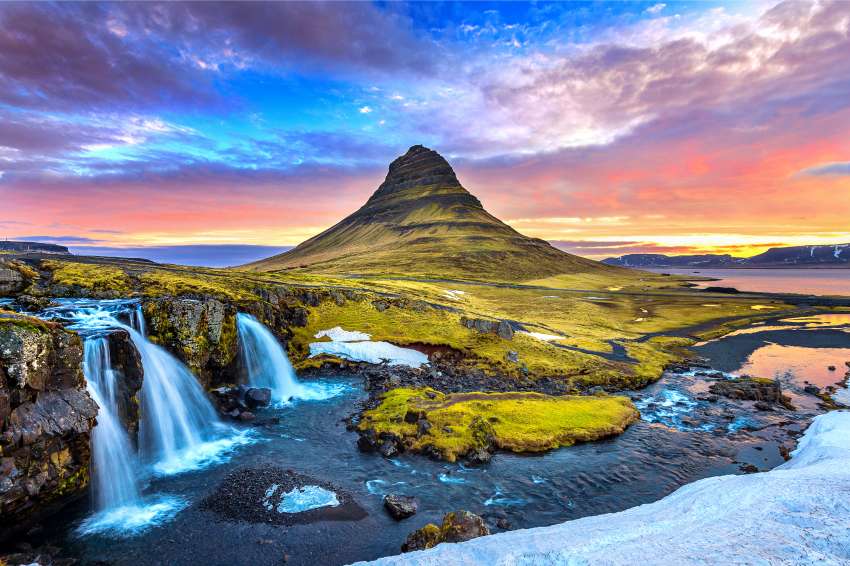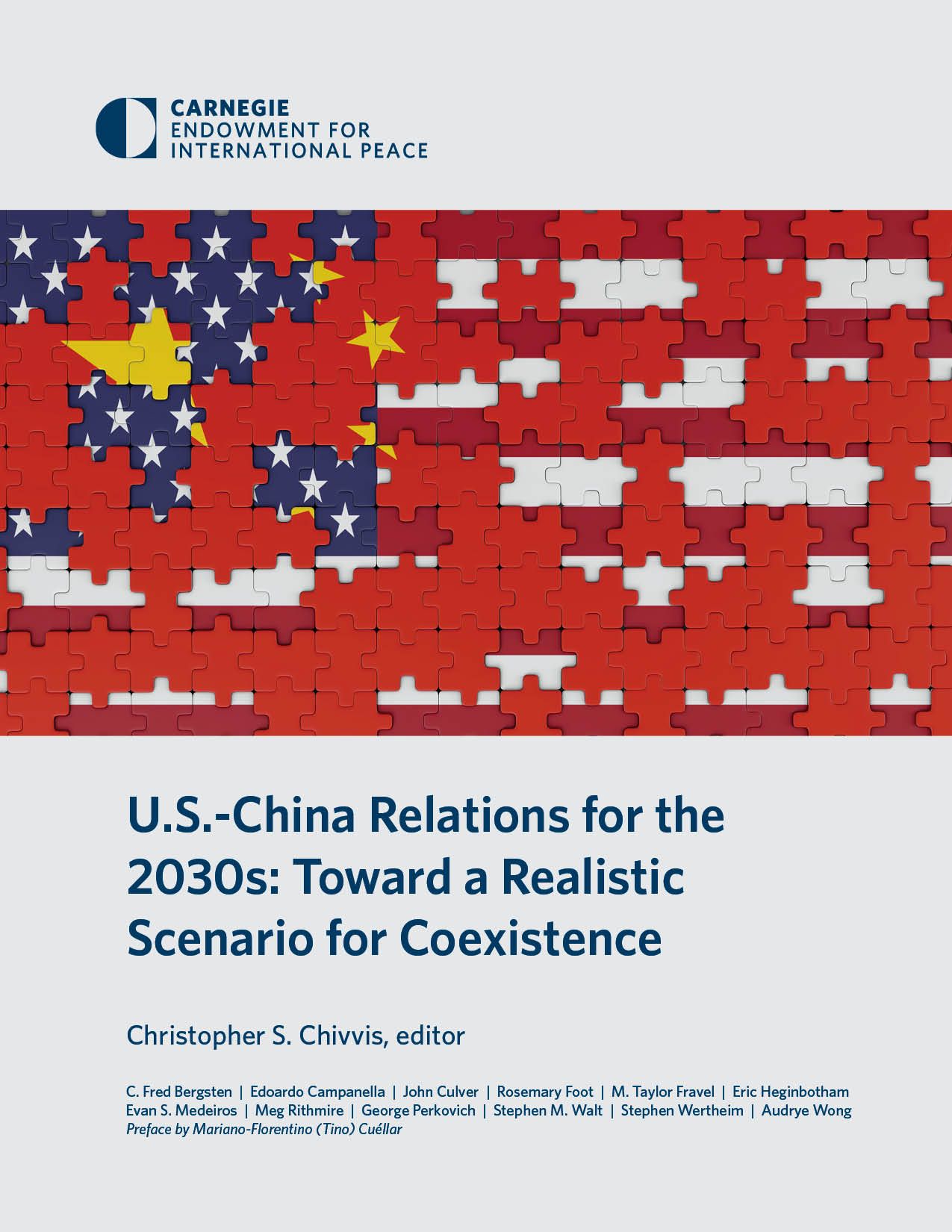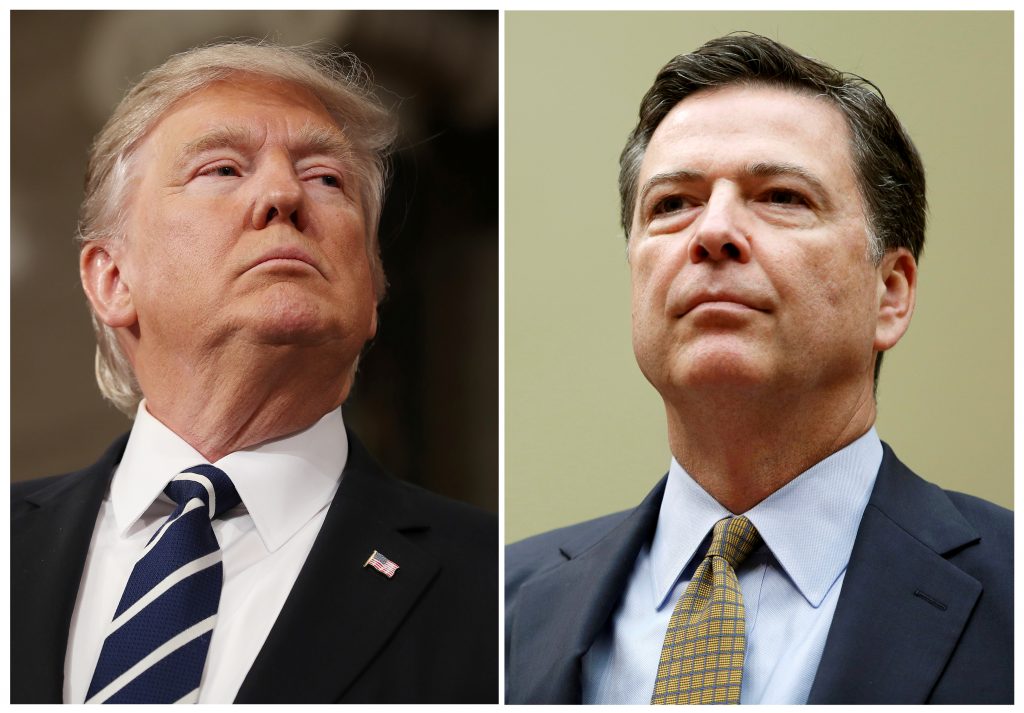Iceland: The Most Peaceful Country in the World for Seventeen Consecutive Years
Date: Wednesday, June 25, 2025

Introduction
Iceland has been recognized globally for its breathtaking landscapes and fragile natural beauty. Beyond its scenic allure, Iceland distinguishes itself through an extraordinary record of peace, having been ranked the most peaceful country worldwide for seventeen consecutive years according to the 2025 Global Peace Index (GPI). This achievement reflects Iceland’s commitment to fostering a peaceful, sustainable, and harmonious society, aligning closely with the United Nations Sustainable Development Goals (SDGs), particularly SDG 16 (Peace, Justice and Strong Institutions) and SDG 13 (Climate Action).
The Unrivaled Peace of Iceland
Iceland’s status as the most peaceful nation is not merely due to its geographic isolation but is the outcome of deliberate governance and a social contract emphasizing trust, transparency, and community engagement. The 2025 GPI evaluates countries on factors such as absence of conflict, safety, security, and militarization. Iceland’s top ranking is a result of sustained policies and societal commitment to peace and sustainability, supporting SDG 16 and SDG 3 (Good Health and Well-being).
Key Features of Iceland’s Peace Model
- Non-Militarization and Resource Allocation
Iceland maintains no standing army, redirecting defense funds toward education, healthcare, and environmental sustainability. This approach supports SDG 4 (Quality Education), SDG 3, and SDG 7 (Affordable and Clean Energy), contributing to high living standards, low crime rates, and social equality.
- Social Trust and Democratic Governance
The government is deeply integrated with citizens’ daily lives through democratic participation, transparency, and open dialogue. This fosters social harmony and political stability, embodying SDG 16’s principles of inclusive institutions and accountable governance.
- Geographical Positioning
Situated in the North Atlantic, Iceland’s geographic location provides a natural buffer from global conflicts, enabling focus on internal development and peacebuilding, aligning with SDG 11 (Sustainable Cities and Communities).
- Rehabilitative Justice System
Iceland employs a restorative justice approach with one of the world’s lowest incarceration rates. This system emphasizes reintegration and social healing, supporting SDG 16 by promoting peaceful and inclusive societies.
- Environmental Sustainability
Powered primarily by renewable geothermal and hydroelectric energy, Iceland exemplifies environmental stewardship. This commitment aligns with SDG 7 and SDG 13, ensuring harmony between society and nature.
Alignment with Sustainable Development Goals (SDGs)
- SDG 3: Good Health and Well-being – Investment in healthcare and social equality contributes to low crime and high societal well-being.
- SDG 4: Quality Education – Resources redirected from defense bolster educational systems.
- SDG 7: Affordable and Clean Energy – Use of renewable energy sources reduces environmental impact.
- SDG 11: Sustainable Cities and Communities – Peaceful urban and rural development enhances quality of life.
- SDG 13: Climate Action – Commitment to environmental preservation mitigates climate change effects.
- SDG 16: Peace, Justice and Strong Institutions – Democratic governance, social trust, and restorative justice underpin societal peace.
Why Iceland is an Ideal Travel Destination
Iceland offers travelers a unique sanctuary of peace, combining natural beauty with cultural richness and sustainability. Visitors can experience a tranquil environment conducive to relaxation, exploration, and cultural immersion, supporting SDG 8 (Decent Work and Economic Growth) through sustainable tourism.
Top Destinations in Iceland
- Reykjavík – The capital city blends modern innovation with tradition, featuring geothermal pools, museums, and vibrant arts, promoting cultural sustainability.
- Þingvellir National Park – A UNESCO World Heritage Site at the tectonic boundary, significant for geological and historical heritage, fostering education and conservation.
- Jökulsárlón Glacier Lagoon – A serene natural attraction showcasing glacial beauty and environmental preservation.
- Blue Lagoon – A renowned geothermal spa offering wellness and relaxation, enhancing health and well-being.
- Snæfellsnes Peninsula – Known as “Iceland in Miniature,” it features diverse landscapes supporting biodiversity and eco-tourism.
Conclusion: Iceland as a Model of Peace and Sustainability
Iceland’s sustained peace and commitment to sustainable development serve as an exemplary model for the global community. Its integration of social trust, environmental stewardship, and inclusive governance demonstrates how aligning national values with the Sustainable Development Goals can create a thriving, peaceful society. Iceland not only offers peace of mind for travelers but also stands as a beacon for countries aspiring to achieve lasting peace and sustainability.
References
- Global Peace Index (Vision of Humanity) Official Website
- Government of Iceland
- Icelandic Tourist Board
1. Sustainable Development Goals (SDGs) Addressed or Connected
- SDG 3: Good Health and Well-being – The article highlights Iceland’s investments in healthcare and the emphasis on social trust and justice, contributing to well-being.
- SDG 4: Quality Education – Resources redirected from military spending to education are mentioned, indicating a focus on quality education.
- SDG 10: Reduced Inequalities – The article discusses social equality, justice, and a rehabilitative justice system, which relate to reducing inequalities.
- SDG 16: Peace, Justice and Strong Institutions – Iceland’s ranking as the most peaceful country, absence of conflict, democratic participation, transparency, and justice system are central themes.
- SDG 7: Affordable and Clean Energy – The country’s reliance on renewable energy sources such as geothermal and hydroelectric power is emphasized.
- SDG 13: Climate Action – Environmental sustainability and conservation efforts are highlighted.
- SDG 15: Life on Land – Preservation of natural landscapes and pristine environment are discussed.
2. Specific Targets Under Those SDGs Identified
- SDG 3
- Target 3.8: Achieve universal health coverage, including access to quality essential healthcare services.
- SDG 4
- Target 4.1: Ensure that all girls and boys complete free, equitable and quality primary and secondary education.
- SDG 10
- Target 10.2: Empower and promote the social, economic and political inclusion of all.
- SDG 16
- Target 16.1: Significantly reduce all forms of violence and related death rates everywhere.
- Target 16.6: Develop effective, accountable and transparent institutions at all levels.
- Target 16.7: Ensure responsive, inclusive, participatory and representative decision-making at all levels.
- Target 16.3: Promote the rule of law at the national and international levels and ensure equal access to justice for all.
- SDG 7
- Target 7.2: Increase substantially the share of renewable energy in the global energy mix.
- SDG 13
- Target 13.2: Integrate climate change measures into national policies, strategies and planning.
- SDG 15
- Target 15.1: Ensure the conservation, restoration and sustainable use of terrestrial and inland freshwater ecosystems and their services.
3. Indicators Mentioned or Implied to Measure Progress
- Global Peace Index (GPI) – Used to rank Iceland as the most peaceful country, measuring absence of conflict, safety, security, and militarization.
- Incarceration Rates – Low incarceration rates indicate progress towards rehabilitative justice and reduced violence.
- Renewable Energy Share – The extent of geothermal and hydroelectric power usage reflects progress in clean energy.
- Crime Rates – Low crime rates are implied as a measure of social trust and safety.
- Social Trust and Democratic Participation – Implied through citizen engagement in governance and transparency.
- Environmental Quality Indicators – Cleanliness and preservation of natural landscapes imply environmental sustainability metrics.
4. Table: SDGs, Targets and Indicators
| SDGs | Targets | Indicators |
|---|---|---|
| SDG 3: Good Health and Well-being | 3.8: Universal health coverage and access to quality healthcare | Healthcare access and quality metrics (implied) |
| SDG 4: Quality Education | 4.1: Completion of free, equitable and quality primary and secondary education | Education enrollment and completion rates (implied) |
| SDG 10: Reduced Inequalities | 10.2: Social, economic and political inclusion of all | Measures of social inclusion and equality (implied) |
| SDG 16: Peace, Justice and Strong Institutions |
|
|
| SDG 7: Affordable and Clean Energy | 7.2: Increase share of renewable energy | Percentage of energy from renewable sources |
| SDG 13: Climate Action | 13.2: Integrate climate change measures into policies | Environmental policy implementation (implied) |
| SDG 15: Life on Land | 15.1: Conservation and sustainable use of terrestrial ecosystems | Environmental quality and conservation status indicators |
Source: travelandtourworld.com






